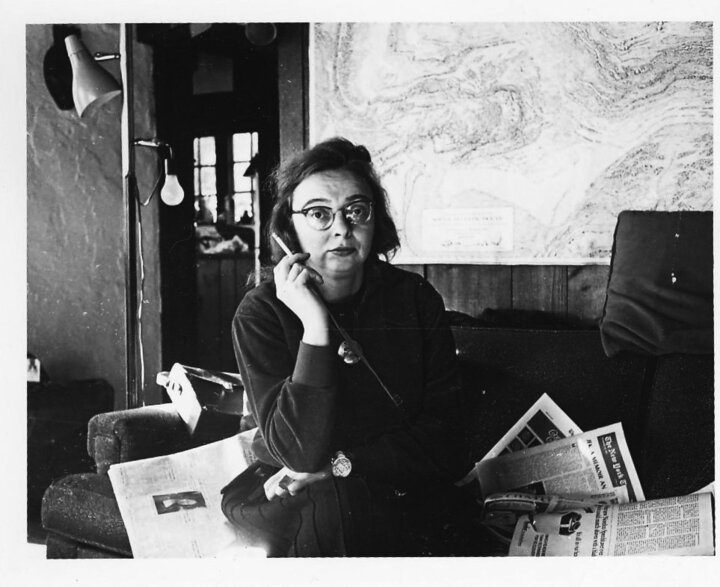Google Doodle celebrated the life and works of geologist and cartographer, Marie Tharp, on November 21, 2022. The Google home search page on the day showed an animated panel with a play video option.
Once played, the user is taken through a number of interactive animated decks with captions and audio narration, and the user is given a button to click forward through. The tool informs us of the importance of Tharp’s work and the difficulties she faced to gain notoriety for her groundbreaking discovery.
Also read: Who was Nicki Aycox, Supernatural actor, dead at 47?
Who was Marie Tharp?
Influential geologist and mapmaker Marie Tharp was born in Michigan in 1920. Jerry Brotton, a historian, claims that Tharp was likely the most significant female figure in the 20th-century mapmaking profession.
She was largely responsible for the discovery of tectonic plate shift and the formulation of the then-heretical idea of continental drift, which we now recognise as unquestionably true, of continental drift.
Following the Second World War, Tharp began her career in a generally male-dominated industry when she started working at Columbia University’s renowned Lamont-Doherty Earth Observatory.
Also read: Who was Jason David Frank, Power Rangers actor, dead at 49?
Tharp processed the data from sonar readings from US military ships in the Atlantic with the help of her coworker Bruce Heezen.
Tharp suggested the theory that the continents and ocean floor were constantly moving despite the fact that she was unable to board the boats herself because of the misogynistic attitude of the culture at the time, according to Brotton. Instead, Heezen provided her with the data from his explorations. Most experts in the field at the time, including Heezen, disagreed with her position. Heezen is said to have destroyed all of her work after she started mapping plate changes in the Atlantic.
Also read: Where is Club Q, gay nightclub site of mass shooting in Colorado Springs?
Despite this obstacle, Tharp persisted in charting her data and refining her theories, ultimately establishing the existence of tectonic plate displacement. Heezen had come around to Tharp’s theory by the end of the 1950s, and the two of them worked together to create exact scientific maps of the ocean floors known as physiographic maps. These maps were only ever published under Heezen’s name.
Tharp was finally permitted to go out on boats by herself in the 1960s, enabling her to participate in data collection with her male coworkers. However, it wasn’t until the early 1970s that her name began to appear on her maps.
Also read: How many Twitter followers does Donald Trump have now? It’s no longer in millions
The development of the World Ocean Floor Map in 1977 was a significant turning point in Tharp’s career, according to Jerry. Together with Heezen, Tharp generated a map of every ocean floor while still operating out of Columbia University. Heezen tragically died prior to the map’s release, but the National Geographic financed it in 1977 and gave it the name Heezen-Tharp map.
Tharp’s work with this map had a significant impact, and she finally started to gain respect for her contribution, albeit still being overshadowed by Heezen’s name. In the later years of her career, she received recognition and a medal from the US Library of Congress for her contributions to the geological and geographic fields. She still hasn’t gotten the respect from the public, though.







